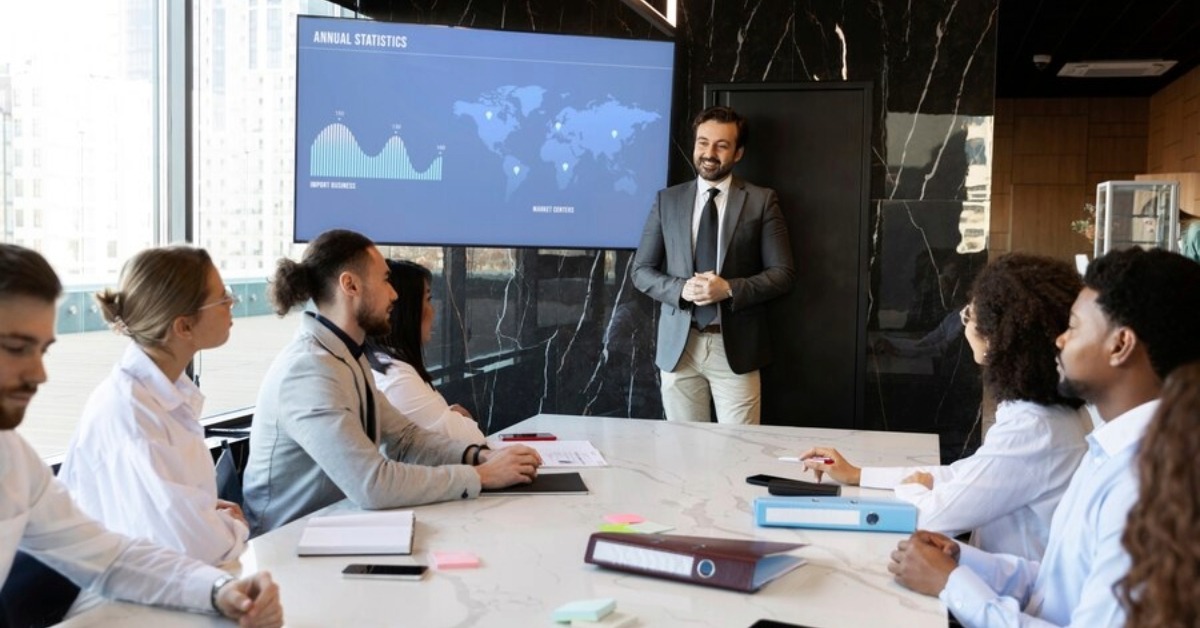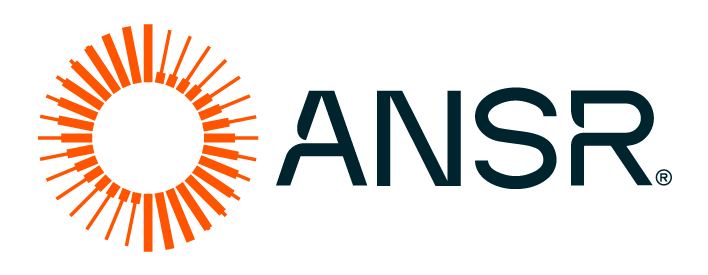Build Operate Transfer
The Build-Operate-Transfer (BOT) model is a strategic contractual framework that facilitates the outsourcing of the design, construction, operation, and eventual transfer of projects or operations to a specialized partner. This model is widely adopted across sectors including infrastructure, manufacturing, technology, and services, offering companies a structured approach to leveraging external expertise while ensuring a seamless transition and long-term operational success.
Fundamentally, the BOT model enables enterprises to leverage the expertise, resources, and financial capabilities of specialized partners who oversee various stages of the project lifecycle. This collaborative partnership empowers businesses to navigate complex projects with greater ease, unlocking significant advantages that drive growth, minimize risk, and enhance operational efficiency.
In the BOT model, the BOT contractor assumes full responsibility for the project’s lifecycle, including design, construction, operation, management, and eventual transfer of ownership back to the enterprise, often as a Global Capability Center, a Center of Excellence, a Shared Service Center or a Captive Center.
When do you need the Build-Operate-Transfer model?
The Build-Operate-Transfer model offers a flexible and efficient framework for businesses to achieve their objectives while overcoming multiple challenges.
- A primary advantage of the BOT model is value arbitrage, as the specialized partner assumes initial capital expenditures, freeing up the company’s financial resources.
- The BOT model provides access to the partner’s subject matter expertise, advanced technologies, and resources, ensuring efficient execution and high-quality outcomes.
- By leveraging the BOT model, businesses can significantly reduce time-to-market, gaining a competitive edge and accelerating revenue generation.
- Additionally, the BOT model helps mitigate risks, with the partner company managing construction, operational, and market risks.
- Finally, the BOT model facilitates knowledge transfer and capability building, ensuring a seamless transition of operations to the original company.
Trusted by the Best

















BOT Insights
Key Considerations
Who should leverage the BOT model?
Companies wishing to establish a legal entity in a foreign location without dedicating substantial time, capital, and resources should consider the Build-Operate-Transfer model. A primary advantage of the BOT model is value arbitrage, as the BOT partner handles initial capital expenditures, freeing the company’s financial resources. It also grants access to the partner’s expertise, advanced technologies, and resources, ensuring efficient execution and high-quality outcomes. Leveraging the BOT model allows businesses to significantly reduce time-to-market, and efficiently mitigate risks, with the partner managing construction, operational, and market uncertainties.
Why do you need the BOT model?
A company should consider the Build-Operate-Transfer model to leverage specialized expertise and reduce upfront capital investment. The BOT model ensures seamless integration with the client’s organizational culture, enabling direct control over operations and intellectual property. It provides flexibility in scaling operations, ensures adherence to local regulations, and facilitates risk management. Additionally, the structured knowledge transfer at the end of the BOT phase ensures a smooth transition and sustained operational success.
Which industries are best suited to the BOT model?
Capital-intensive industries such as infrastructure, telecommunications, and energy benefit significantly from leveraging the BOT model, as it enables them to access specialized expertise and resources for large-scale projects while reducing upfront capital investment and operational risks. Additionally, it facilitates smoother project execution through local partnerships, ensuring compliance with regulations and effective stakeholder management. The BOT model also provides a clear path to eventual ownership and control once the project is fully operational.
How does the BOT model contribute to cost efficiency and enhance resource accessibility?
A key advantage of the BOT model is its potential for substantial financial efficacy. The BOT partner shoulders the initial capital expenditure for building and developing the project, thus freeing the company’s financial resources for core business activities. The BOT model allows businesses to tap into the expertise and resources of the partner company, enabling access to specialized knowledge, skills, and industry experience, ensuring efficient and effective execution.
Can the BOT Model help enterprises reduce time-to-market and increase ROI?
In today’s fast-paced business landscape, speed-to-market is crucial for gaining a competitive advantage. The BOT model can significantly reduce the time it takes to bring a project or operation to market, as the BOT partner undertakes the end-to-end responsibility for the build stage, leveraging its expertise and resources to expedite the development process. In turn, businesses can devote their time, energy, and resources to swiftly capitalize on market opportunities and stay ahead of their competitors. By reducing time-to-market, businesses can accelerate revenue generation and achieve a faster return on investment.
What factors should be considered while selecting a BOT Partner?
When selecting a BOT partner, it is essential to assess their industry expertise, financial stability, and technical proficiency. Partners with a local presence in the target region are better positioned to navigate regulatory landscapes and manage key relationships effectively. Evaluating their risk management strategies and industry reputation, including client satisfaction, is also critical. Lastly, companies should ensure that contractual agreements are meticulously defined to safeguard their interests and mitigate potential risks.
How does a BOT Partner help with risk mitigation?
Establishing a new entity, especially ina foreign country, involves various risks, including construction, operational, and regulatory challenges. Utilizing the BOT model for outsourcing can effectively mitigate these risks. By transferring the build and operate responsibilities to a specialized partner, businesses benefit from their expertise in managing construction, operational, and market risks. Once the operation stabilizes, the ownership is transferred to the company, minimizing the risk of disruption. This approach allows firms to focus on their core activities while benefiting from the partner’s experience and established processes, leading to a smoother transition and reduced operational risks.
What is the process of team-building under the BOT model?
The BOT model seamlessly extends the client team, maintaining the same culture across different locations. The team reports directly to the client and operates under the direction of client managers, ensuring complete control over employees and intellectual property. Performance evaluations for BOT staff adhere to client standards and benchmarks, maintaining consistency in quality and productivity. ANSR enhances this model by providing customized infrastructure, talent acquisition, and operational support services, ensuring the BOT framework runs efficiently and effectively.
Which function (technology or business) should a company consider when exploring the BOT model?
Depending on the short-term and long-term goals of the enterprise, companies can leverage the BOT model for a wide range of goals. For example, a substantial share of companies within the Retail/CPG industry choose to explore the BOT model as a means to achieve digital transformation and finance and merchandising expertise. Within the banking, finance services, and insurance (BFSI) industry, leaders are using the BOT model to fortify their cybersecurity and augment their core business functions like risk management, capital analysis, and review, etc.
What are the typical timelines involved in setting up an entity via the BOT model?
The duration of the entire engagement is largely dependent on the terms of the contract and the objectives of the engagement. With ANSR as your BOT partner, the ‘build’ stage can take anywhere between 3-4 months including establishing a new legal entity, developing new policies, and talent acquisition. Next, the ‘operate’ stage will depend on the contractual terms. Finally, the last, ‘transfer’ stage, where all operations, knowledge, IP, etc are transferred to the enterprise takes less than a month.
What support services are available to assist in the BOT process?
ANSR provides an end-to-end BOT offering which includes ~
- Step 1- Build: Establishing a new ANSR-owned entity, design, and development of BOT policies and infrastructure as well as talent acquisition;
- Step 2 – Operate: Building an organization that is an extension of the main enterprise, with the BOT team reporting directly to the client. ANSR provides customized infrastructure, talent acquisition, and operations support services to run the BOT model.
- Step 3 – Transfer: Complete transfer of the legal entity to the client along with all intellectual property and organizational knowledge.
What are the key performance indicators (KPIs) for a successful BOT engagement?
Many metrics can be utilized for measuring the success of a Build-Operate-Transfer engagement, like adherence to project timelines and milestones, compliance with the predecided budget, talent acquisition and retention, client satisfaction, risk management, and knowledge and intellectual property transfer.
The Build-Operate-Transfer (BOT) model from ANSR offers businesses a comprehensive framework to undertake complex infrastructure projects, expand operations, or enter new markets. By engaging a BOT partner, businesses can benefit from their expertise, resources, and experience throughout the Build, Operate, and Transfer stages. With careful consideration of factors such as expertise, financial stability, and contractual agreements, businesses can forge successful partnerships and achieve their strategic objectives through the BOT model.
More Insights

Nearshoring: Unlocking Business Potential Through Strategic Partnerships
Nearshoring is a strategic business practice where companies outsource their projects or business processes to a neighboring country or region, typically one that shares a similar time zone or is in close proximity. It offers an alternative to offshoring, allowing your business to capitalize on the benefits of global collaboration.

Drawing Parallels: Principles of Distributed Agile Teams and Global Capability Centers (GCCs)
Drawing parallels between distributed agile teams and GCCs, we found several similarities between them. They have both have continued to perform well during the pandemic but what does the next normal look like for them, especially when organizations are focused on building a people-centric culture?

Navigating Global Markets: How Captive Centers Facilitate International Expansion
With the rise of Captive Centers, also known as Global Capability Centers (GCCs), companies have found a powerful solution to facilitate international expansion. Let’s explore how global captive centers serve as strategic enablers for businesses seeking to thrive in diverse markets and reach new horizons.
Case Studies
- India GCC makes up 40% headcount outside HQs
- Powering 12 critical business functions
- Ramped up from 50-member team to 4300
- Powering core business functions & innovation
- Massive RoI with $167 million in total savings
- Team scaled from 0 to 570 in 3 years
- A world class global analytics center in Bengaluru, India
- Created business impact upwards of $800M in 18 months







